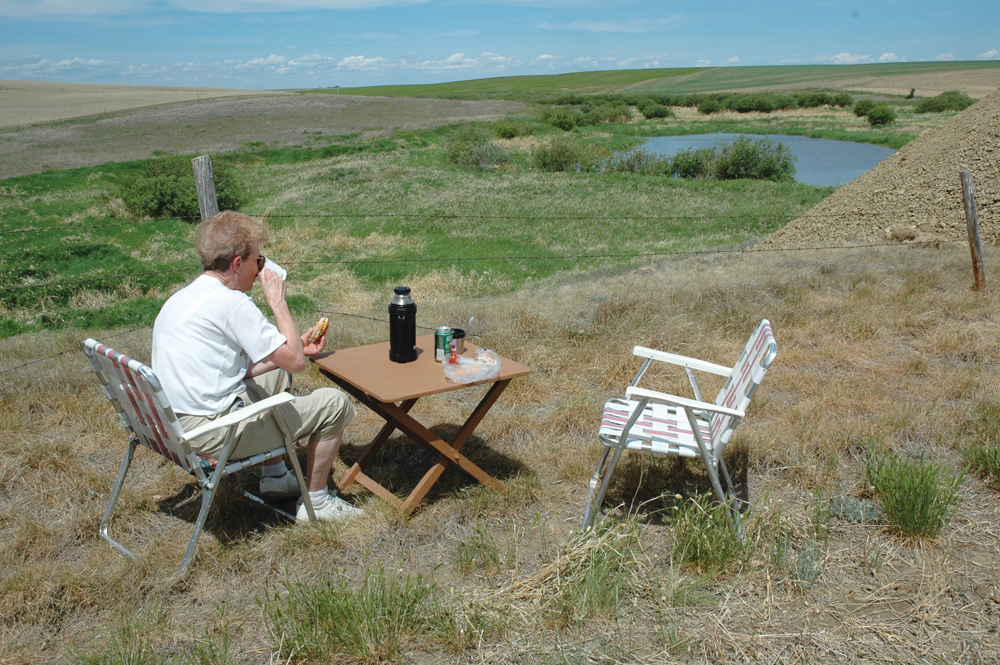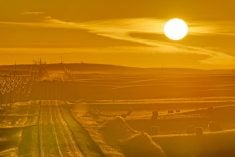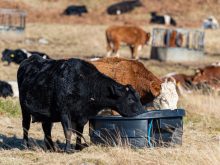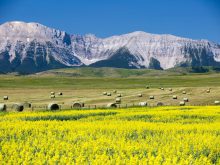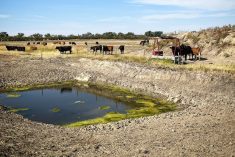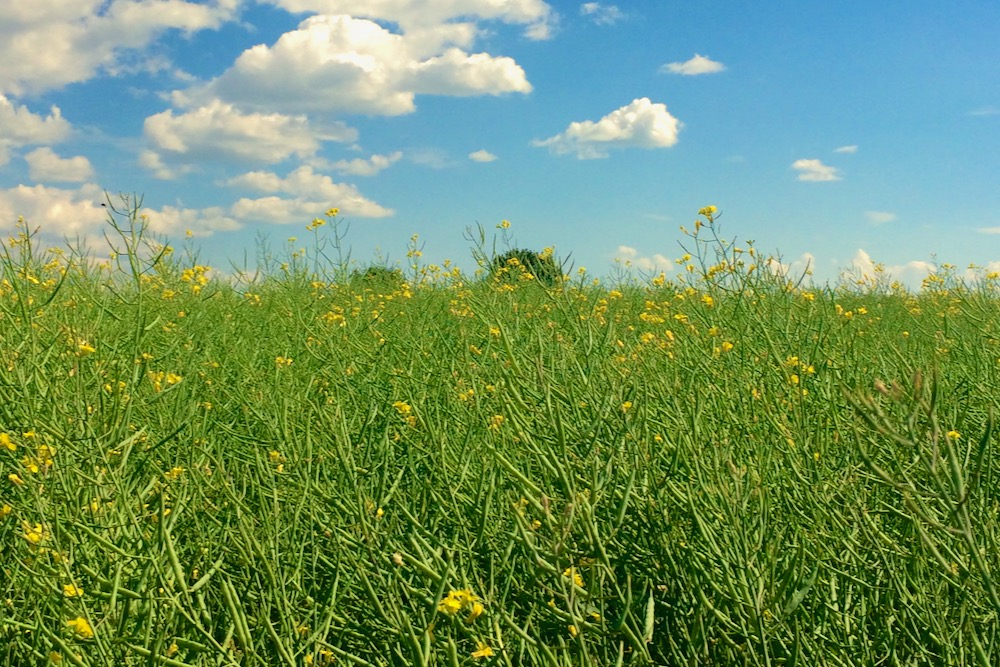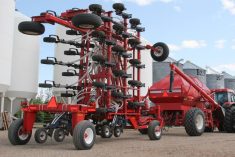Not long ago I saw a TV short piece with a city dude going on about the wildlife possibilities made possible by letting rivers run wild and flood as they do every so often. The gist of the argument was that all dams are bad and that all rivers should be left to run and flood according to Mother Nature’s cycles.
The first dam I remember seeing is when I was about five. Dad was bouncing me on his knee and telling me stories about building the dam down on Section 11 to provide water for cows in pasture. It was dug with a Model L Case tractor and a Tumblebug (a small scraper also known as a Fresno. Watch a YouTube video about these machines here. The spillway was rip rapped with stones picked with a team of horses and stone boat. The stones were the reason it was pasture in the first place. That dam is still in place, although it has been upgraded.
Read Also

Gentle treatments for pain in the neck
Heading toward year-end, people unknowingly tense up against the cold and busyness, causing neck pain that can often be treated with appropriate support and gentle mobility, athletic therapist Kathlyn Hossack says.
A few years ago, Inga and I had lunch by the dam on SW11. It’s a pretty place and the redwing blackbirds are still a delight. They are happy with a few skinny willows. A good neighbour, Charlie Rouse now owns the land, so the land is farmed and the stones are picked.
Dams like this have served farms and ranches on the Prairies for decades. Beavers sometimes do the job for us but more often than not their dams are not where they are wanted. We have had some of that in the Allan Hills the past wet years, and steps have been taken to deal with the problem.
Large scale dams
But what about the big dams of the world? The granddaddy of them all seems to be the famous Three Gorges Dam in China that harnesses the mighty Yangtze River. A Google search spits out several very informative videos with all aspects — good and bad — discussed at length. There are many downsides, including the required relocation of a population equal to all of Saskatchewan. On the plus side, mountains of coal will not be burned to provide power with the dam in place.
Our very own Gardiner Dam at Diefenbaker Lake in Saskatchewan is big enough to be noticed on the world stage. It is there because John Diefenbaker was Prime Minister of Canada. (That’s not a political statement — just a statement of fact.)
The benefits of this dam have been many but the main benefit, hardly ever discussed, is flood protection. With the recent wet years, how many times would downtown Saskatoon have been flooded if the Gardiner Dam was not in place?
The Saskatchewan River also has dams at Codette (Nipawin) and Tobin Lake. These dams are mainly for power, but Tobin Lake is world renowned for the sport fishery.
The Nelson River between Lake Winnipeg and Hudson Bay has several hydro dams and more are possible. Some say the “constipation” effect of those dams is partly to blame for algae in Lake Winnipeg but I have no basis for an opinion on that argument.
While dealing with Saskatchewan, the Rafferty/Alameda dams on the Souris River in southeast Saskatchewan come to mind. Alameda was just for contingency in case extra water was needed to maintain the required 50 per cent flow of the Souris to continue to the U.S. Those dams are there because Grant Devine was Premier of Saskatchewan at the time. (Again, not a political statement.)
To be honest I was very skeptical about that project. We were in the midst of soil salinity studies in the dry 1980s and the Souris was not much of a river. Parts of it were just saline grassland. It was my idea that it might never fill in our lifetime and a bit of extra water would just “goose up” the salinity. I envisaged salt plains.
That shows how wrong we can be when we look at things through our very limited time frame. Very few years later the reservoir was full and providing cooling water for the nearby coal-powered hydro station. Again, the big benefit is flood control. Minot had severe flooding in 2014, but imagine what would have happened had the Rafferty not been in place.
All big dams have risks; Google quickly spills out historical videos of disastrous failures. Most big dams have low risk and serve long useful lives. Sedimentation is the long-term result and eventually becomes a problem.
Local dams
As far as I know, there is no ongoing work to monitor the sedimentation at our Diefenbaker Lake. I often see the South Saskatchewan River roaring mightily at Lemsford Ferry, just inside the Alberta/Saskatchewan border — we own land near there. In June, the river at Lemsford carries a huge silt load that must dump somewhere between there and the Saskatchewan Landing Bridge on No. 4 Highway. The dam has been in place for 50 years so it should be time to find out about the sedimentation.
So, while dams do alter the environment and do have some negative effects, on balance dams have served society well. I crossed the central causeway on Blackstrap Reservoir six times this week going to and from my Dundurn Farm. A beautiful site. The reservoir is there only because of Lake Diefenbaker, the Saskatoon Southeast Water Supply System canal that delivers the water, and dams at either end that keep the water at a controlled level. It is a pleasure to cross each time and be aware that we have some water in what can often be a dry land.
In today’s world, dams are often criticized, and only the negatives are talked about. There is little appetite for more dams. For sure, some rivers such as our Churchill system should be “hands off” but we should maintain an open mind.
The Assiniboine River has been a flooding problem in recent wet years. What about a second dam south of Lake of the Prairies/Shellmouth dam? I expect it has been studied but I have not seen any reports. I am sure readers will enlighten me.
So, there you have it. Let us not put the blinkers on and reject any possible new dams out of hand. On balance dams have served society well.


